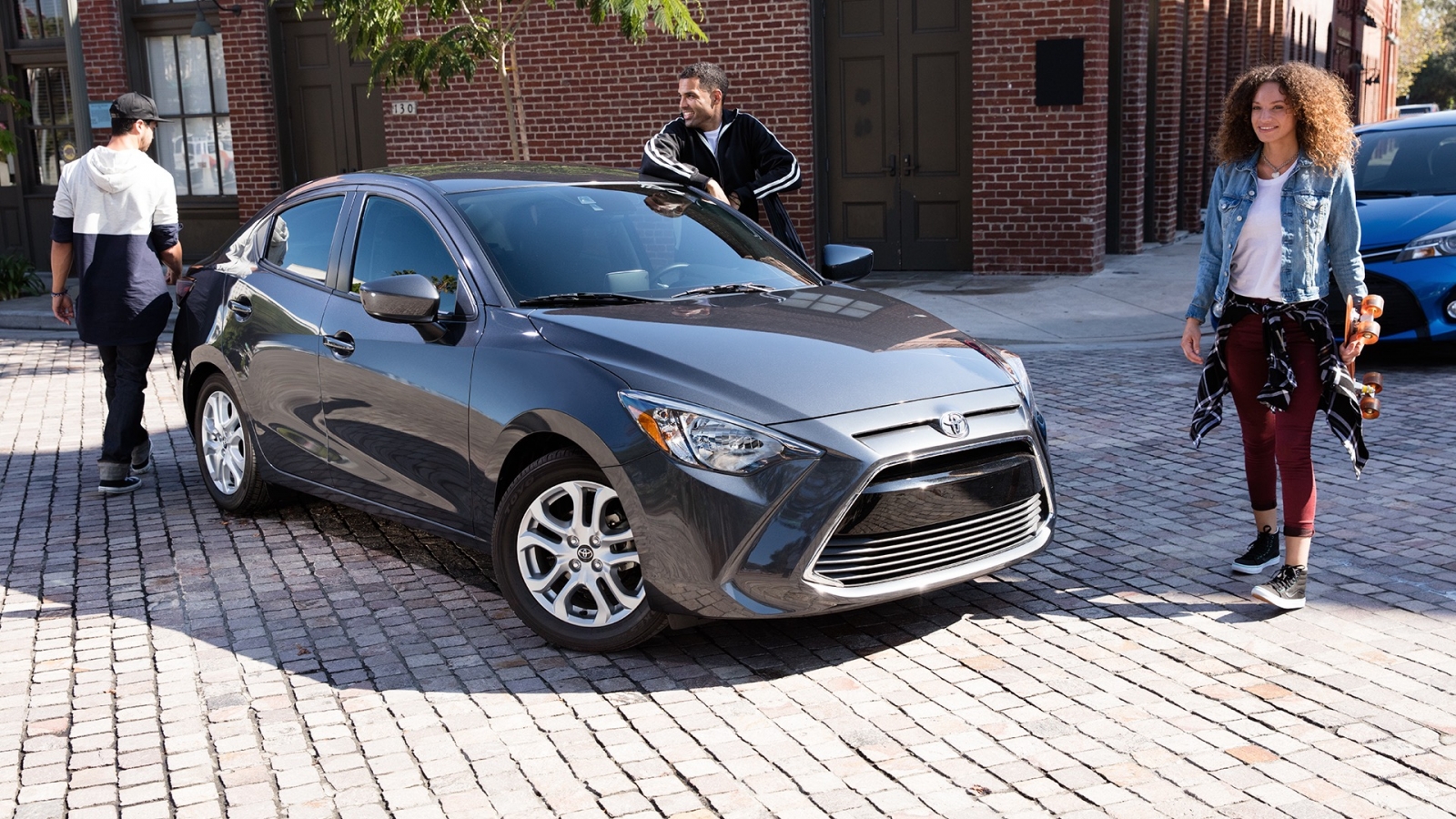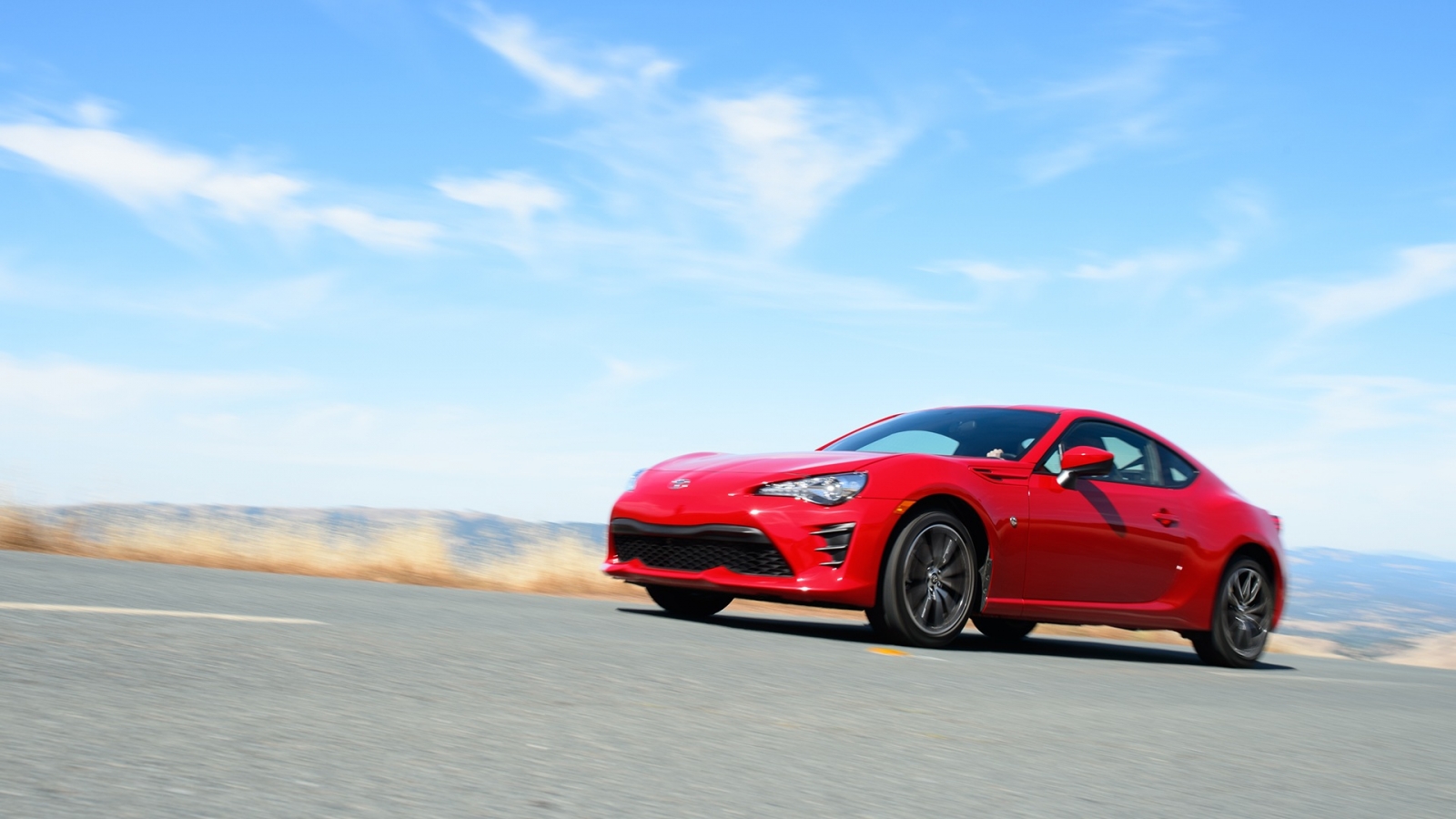Executive Wheels: Cross-overs – Who are those guys?
Cross-over vehicles blur lines of where one car manufacturer leaves off and the other beings
Jeff Rundles //April 3, 2017//


Executive Wheels: Cross-overs – Who are those guys?
Cross-over vehicles blur lines of where one car manufacturer leaves off and the other beings
Jeff Rundles //April 3, 2017//

2017 MAZDA CX-3 GRAND TOURING AWD
2017 TOYOTA YARIS iA
2017 TOYOTA 86
Normally in the car business we discuss “crossovers” as vehicles that look very much like a Sport Utility Vehicle (SUV), but are built on passenger car platforms, and that can (and generally do in Colorado) feature all-wheel-drive. The crossover market is hot right now, as is the entire segment of SUVs and trucks, given relatively low gas prices and the public’s penchant for bigger being better. This is becoming a problem for automakers – and an opportunity for car buyers – as sedans aren’t selling, particularly smaller ones, and since they are stacking up on dealer’s lots, there are some incredible deals out there.
But what I have on my mind are the growing number of “cross-over” vehicles – those cars and crossovers and SUVs that carry different manufacturer’s names and badges but are the same vehicle.
It struck me recently when I drove the Mazda CX-3, the subcompact crossover SUV that debuted in 2016. As a rule I am a great Mazda fan, and have found the larger crossovers/SUVs, the CX-5 and CX-9, as well as the dynamic Mazda 3 sedan, worthy and wonderful vehicles. But this smallish CX-3 felt to me underpowered, lightweight, tinny, and underwhelming, especially given its nearly $30k price tag.
It really hit me, though, when, at the end of the CX-3 test drive, I got the new Toyota Yaris iA.
I got in and thought, “Geez, this looks amazingly like the CX-3.” After a bit of research I discovered why: The new Yaris iA has, for the past few years, been a Scion iA (Scion – a Toyota brand – was discontinued last year). Thus, it isn’t like any of the Yaris-es out for a few years – and, in fact, the Scion iA and this newly badged Yaris iA are built on the same platform as the Mazda2, a smaller sedan in the Mazda line.
Lo and behold, the Mazda CX-3 is also based on the Mazda2.
Now I say “based,” but in reality they are all the same basic car with some differences in trims and badging (and in the case of the CX-3, a SUV body and all-wheel-drive). But inside, the set-up of the console and gearshift, and access to the ubiquitous LED screen that operates all the apps, audio, etc., are exactly the same.
Déjà vu all over again.
And, over the years, the Mazda2, which dates back to 1996, has also been a Ford Fiesta, and a Kia Pride and Avella, depending on where in the world the car is sold.
So there you have it.
A Mazda, cum Scion, cum Toyota, cum Ford, cum Kia. Japanese, American, Korean and incidentally made in Mexico.
Then a few weeks ago I had the brand-new – at least in name in the American market – Toyota 86, a two-door sporty coupe.
When I got into that one I was like, ‘Geez, this feels and looks familiar.”
Sure enough, I had driven it before, twice. Once as a Scion FR-S, and another time as a Subaru BRZ. If you do the research on that, you discover that the 86 (Toyota used that name overseas until Scion went kaput), was jointly developed by Toyota and Subaru, manufactured by the latter.
Confusing?
I’ll say.
All this cross-over blurs the lines where one car manufacturer leaves off and the other takes over.
This isn’t new, of course.
The first Honda SUV was actually an Isuzu back in the 1990s. And let’s be honest: over the years since the 1960s, the Chevy Camaro and the Pontiac Firebird were the same car, while General Motors had Chevrolet, Buick, Pontiac, Olds, Cadillac and GMC, they really made one line of cars and rebadged them to fir the nameplate. Ford did the same with Lincoln and Mercury, and Chrysler did so with Chrysler, Dodge and Plymouth. Heck everybody does it: VWS and Audis, Mercedes and Chrysler (when they were one), BMW and Mini, Lexus and Toyota, Nissan and Infiniti, Honda and Acura, and now Hyundai and Genesis.
The more I drive cars for review, the more I think there is one automaker with a bunch of different facades. They all have their differences, of course, but more and more all the time the similarities are striking.
So I’ll deal with the Toyota Yaris iA and the Mazda CX-3. Sitting in the driver’s seat, they feel like the same vehicle. From that perspective they have the same look, the same size, the same dashboard – heck, even the same key fob.
But the differences were remarkable.
The Mazda CX-3 – an all-wheel-drive, subcompact crossover/SUV – features a 2.0-liter SkyActiv (a Mazda term that I never have figured out) four-cylinder engine, 146 horsepower, and rated at 27 mpg city/32 mpg highway. It felt underpowered from the start.
There is a button on the console to turn on the “Sport” mode, and I really couldn’t tell any difference in performance – indeed, the only difference was the 6-speed automatic transmission seemed to stay in 3rd gear agonizingly longer, as if something was wrong.
This vehicle had tinny, lightweight doors, very thin seats which became uncomfortable way too quickly, and an annoying heads-up display that appeared on a pop-up piece of plastic like a teleprompter on top of the steering wheel. I don’t like heads-up displays, as they seem to just add another layer of driver distraction. I will say that the “leather w/lux suede sport seats,” done in a two-tone, cream/black motif, were handsome.
Of course, all of these vehicles – high-priced and pedestrian – come today with an amazing amount of technology – Bluetooth, navigation, rearview cameras, blind spot monitoring, and this CX-3 came standard with rear cross traffic alert, a nice sunroof and, on the options list, radar cruise control, smart city brake support, lane departure warning, auto on/off headlamps and high beam control, and rain-sensing wipers. The options added about $1,370 to the $26,240 base price in the Grand Touring AWD edition, and with destination charge the bottom line was $28,510. I can safely say that for that price there are several other things out there I would rather have, like a Subaru Impreza.
The very similar Toyota Yaris iA is another matter. It’s a smallish sedan, with ample room and trunk space, and while it does have a smaller engine than the CX-3, it actually felt a lot zippier. Here was a 1.5-liter four-banger, coupled with a six-speed manual transmission (sometime I like a stick), putting out just 106 hp, and rated at an impressive 30 mpg city/39 mpg highway. It is no speed demon, but plenty quick and nimble for city driving.
It is also an extremely quiet ride, something I didn’t expect, and frankly I enjoyed driving it around. An excellent choice for a city commuter car, and run-around-town vehicle. It is also quite handsome. Toyota offered no options on this $15,950 4-door sedan, but it did come with keyless entry, a low speed pre-collision system, ABS brakes (great), the 7” color touch screen, backup camera, halogen headlights, cruise control, Bluetooth, and all of the requisite app hookups for you smart phone.
So, with the destination charge, you’re looking at a bottom line here of $16,815 – a great price for a worthy vehicle. This would make for a great second car for a family that has a highway cruiser, or an excellent choice for a teen driver getting a solid first car.

Now the Toyota 86 is just flat-out fun. When I drove its precursors, the Scion FR-S and Subaru BRZ, I didn’t like them, particularly the BRZ, because I thought they were underpowered for what was advertised, and the trim – especially the front end on the BRZ – was too low-slung.
Toyota refreshed the look as they brought out the new 86, and they added a more power to this 2-door roadster: a 2.0-liter boxer 4-cylinder with some 205 hp. The look is very sporty, and the drive in this rear-wheel-drive vehicle is very, very sporty, and very, very quick.
The 6-speed manual transmission is particularly smooth and responsive. I wouldn’t recommend this car for cruising around in the snow – I did it and had to take it easy – but on dry roads, this is a fun vehicle. There is a back seat, which is fine if you’re three years old, but there isn’t much room in this vehicle. It’s not for hauling – it’s for hauling ass, as they say.
Of course, the 86 has the requisite Bluetooth, and all of the apps hookups, and the ubiquitous 7” touchscreen and backup camera. Other than that it’s pretty sparse, but that’s okay because it puts the onus on the driving, and the driving it what makes the 86 so fun. Not a great only car, but hey, it’s a sports car and on that score it delivers. And it delivers at a good price: the base here (only one trim is available) is $26,255, and the bottom line after destination charges is $27,120. This would make a great car for the young and unattached, or for a mid-life crisis.
In the end, when thinking about these cross-over models that blur the lines between carmakers, I couldn’t help thinking of that line from Butch Cassidy and the Sundance Kid:
“Who are those guys?”
RATINGS:
2017 MAZDA CX-3 Grand Touring AWD: ONE WHEEL (OUT OF FOUR)
2017 TOYOTA YARIS iA: THREE-AND THREE QUARTERS WHEELS
2017 TOYOTA 86: THREE-AND-ONE-HALF WHEELS



























